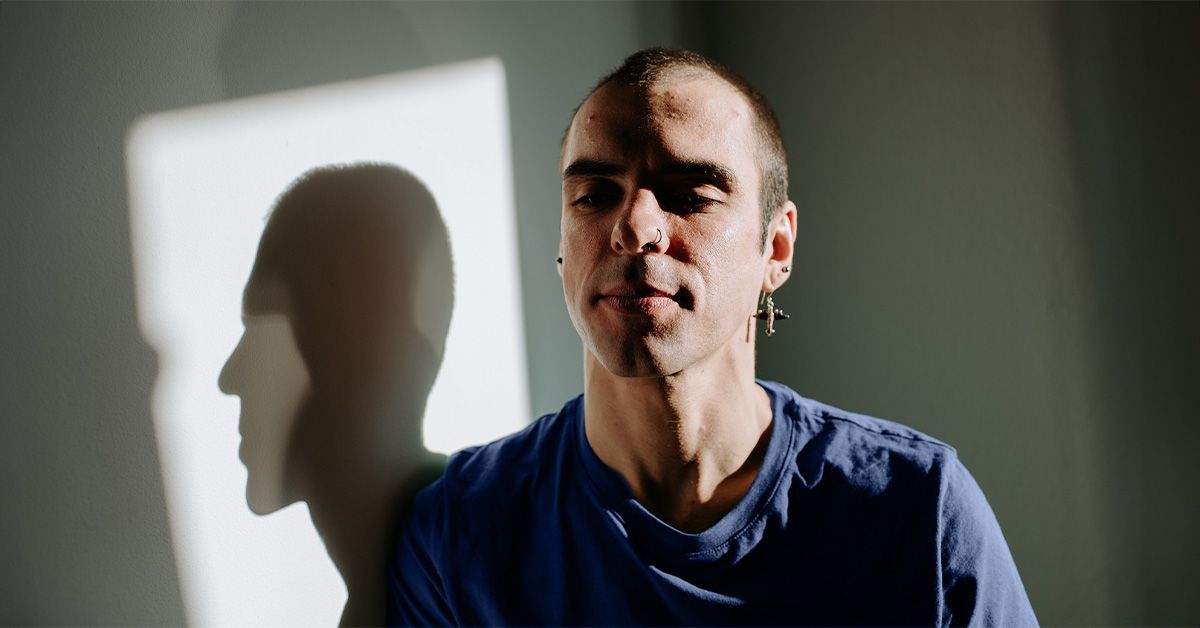- For people with atopic dermatitis, a new drug targeting the condition has just been approved by the FDA.
- The drug, from Eli Lilly, inhibits the action of a cytokine believed to be the primary driver behind the condition.
- Effective treatment of atopic dermatitis can transform the lives of people with the condition who otherwise may suffer from an inability to sleep, social stigmatization, frequent extreme discomfort, and social isolation.
EBGLYSS is now approved for adults and children 12 years or older who have moderate-to-severe atopic dermatitis.
Atopic dermatitis, or eczema, is characterized by itchy skin most often located on the arms or behind the knees, but which can appear anywhere. With scratching, the skin becomes red or otherwise discolored, can become swollen, and crack, weeping clear fluid or blood. It may then crust over and scale as it heals.
In less extreme cases, the itching may be intermittent as the condition goes into remission and the skin clears up. If the condition gets worse, as it frequently does, such respites become fewer and further between.
As skin cracks and heals, opportunistic bacteria may take advantage of the wound.
In addition, as healing occurs, the skin thickens with a layer of scar tissue coming between the person with atopic dermatitis and the itch, making it ever harder to reach and quiet.
People from families whose members have the condition or allergies such as hay fever and asthma are more likely to develop atopic dermatitis. Girls and women develop it more often than boys and men, and it is more common among Hispanic and Black children.
The condition usually appears during infancy or when one is a child, though it may appear at any time in one’s life.
There are topical and other drug treatments available, but finding an effective controlling treatment can be difficult.
According to Tien Nguyen, MD, a board-certified dermatologist at MemorialCare Orange Coast Medical Center in Fountain Valley, CA, who was involved in clinical trials that led to EBGLYSS’ eventual approval, atopic dermatitis is the result of pro-inflammatory cytokine activity.
In addition to causing itching, these
There are several cytokines associated with atopic dermatitis, he explained. The primary drivers of atopic dermatitis are IL-4 and IL-13, although IL-13 is considered the dominant force in the condition. IL-31 is also implicated.
Lilly’s EBGLYSS inhibits production of IL-13. There are already drugs on the market that target cytokines related to atopic dermatitis, but not all work for all people, and EBGLYSS is therefore a welcome addition to the dermatologist’s arsenal.
Nguyen cautioned that dermatologists prefer to use one cytokine-targeting drug at a time for safety reasons, rather than attempting to hit all suspect cytokines at once. This makes a new, first-line
EBGLYSS — its chemical name is lebrikizumab-lbkz — was approved by the FDA based on the results of a pair of 52-week clinical trials — ADvocate 1 and ADvocate 2 — and the ADhere studies.
The ADvocate trials found the drug appropriate for adults and children at least 12 years old who weighed over 88 pounds (approximately 40 kilograms), and whose atopic dermatitis was not being controlled by atopic treatments.
Adhere was a 16-week randomized, double-blind, placebo-controlled, parallel-group, global, Phase 3 study that evaluated the drug’s safety and efficacy.
Treatment with EBGLYSS begins with an initial startup dose of two 250 mg injections at weeks zero and two, and a 250 mg injection every 2 weeks until week 16. Subsequently, EBGLYSS is administered as a single 250 milligrams (mg) per 2 milliliters (mL) injection monthly, with or without topical corticosteroids.
Averaging the ADvocate results, 38% of participants had clear or nearly clear skin at 16 weeks into the trial. For 10%, those results were achieved just 4 weeks into the trial. For those who had clear or nearly clear skin at 16 weeks, 77% continued to do so at 1 year with monthly dosing of EBGLYSS.
Among the common side effects of EBGLYSS were eye and eyelid inflammation, including redness, swelling and itching. Some also experience injection site reactions and shingles (herpes zoster).
It is hard to overstate the effect that continual itching can have on a person who has atopic dermatitis.
Hannah Kopleman, MD, of Kopleman Aesthetic Surgery, described a patient who, before treatment, “dealt with constant itching, painful flareups, and frequent infections that not only affected their physical comfort but also their emotional well-being. It impacted their sleep, ability to focus at work, and social interactions.”
“Atopic dermatitis can be incredibly debilitating for many patients, both physically and emotionally,” Kopleman emphasized.
She noted that this same patient, after successful treatment — “which included new biologics like EBGLYSS” — flareups became less frequent, and their symptoms significantly lessened.
“They reported being able to sleep through the night for the first time in years, which improved their energy levels and mood. They were able to wear short sleeves without feeling self-conscious, and their overall quality of life improved dramatically.”
– Hannah Kopleman, MD
“With the FDA’s approval of drugs like EBGLYSS, we’re able to offer more effective and tailored treatments that can make a real difference in managing the condition and giving patients their confidence — and life — back,” Kopleman said.
Read the full article here
















